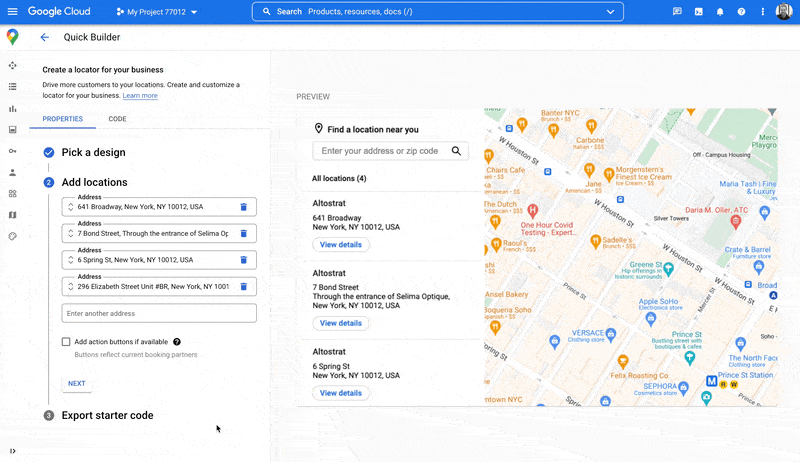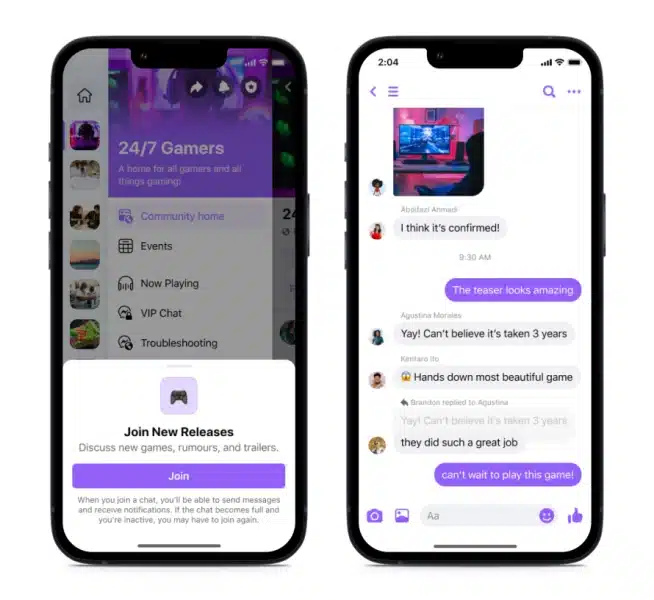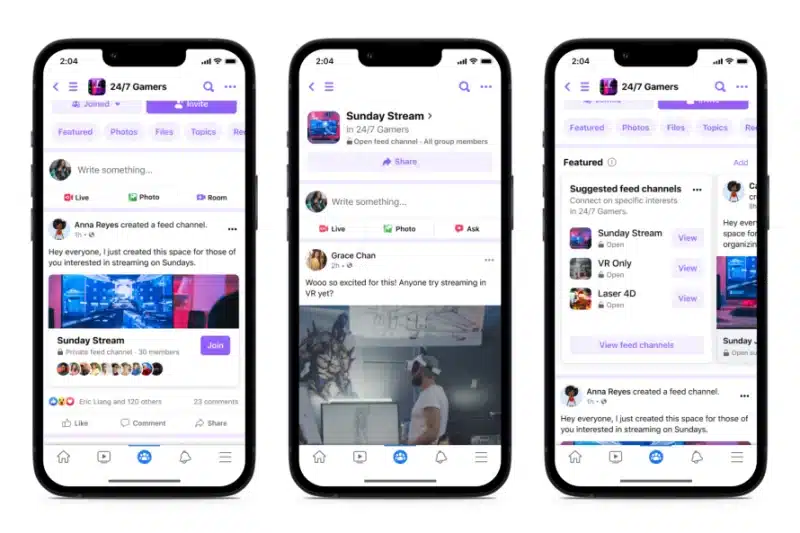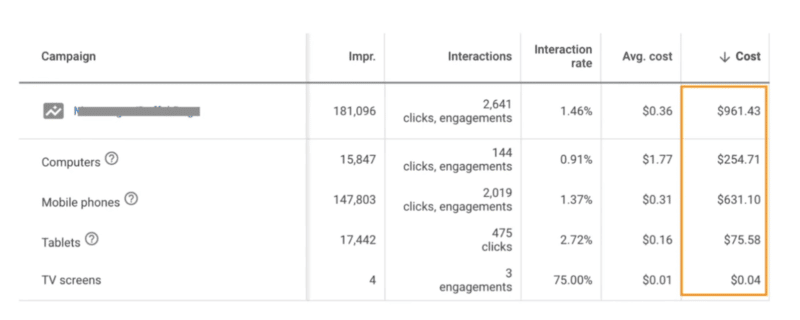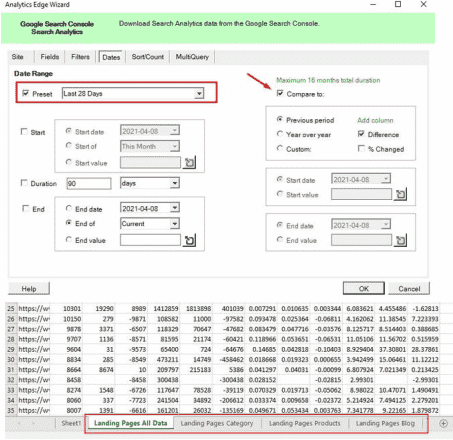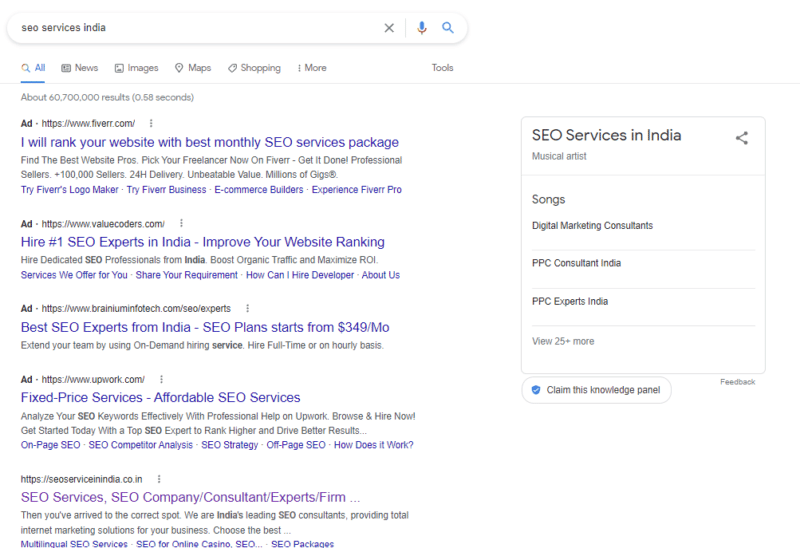When you have a productive team, you’ll have happier clients. And happy clients equate to sustainable business growth, which keeps your team employed and equally happy.
The problem is many marketing leaders were trained in archaic productivity techniques, such as meeting madness that can quickly drain the creative air out of the room, or non-stop daily nagging via Slack.
I’ve also witnessed many clients implode due to a lack of focus on productivity measures – not only within their in-house marketing departments but across their entire staff. This is a major downfall for agencies like mine – because of their lack of productive habits, they failed internally, and I lost a client. This lack of productive discipline hurts hundreds of agencies across the world.
Old habits die hard, especially when productivity comes into play.
So whether you’re leading a team of writers, SEOs, or social media influencers, these productivity hacks will help your agency succeed.
And the more you repeat good habits, the stronger you can build on these, making you and your staff outrageously productive.
With that said, here are 21 tips to keep your marketing team – or any team – productive.
1. Know the role
One of the main productivity issues I’ve seen across hundreds of agencies and companies I’ve worked with over the past two decades is the lack understanding roles.
Undefined roles and responsibilities can result in leaks in your project management funnel, where certain deliverables are not met, or clients are not given the required attention.
On the flip side, leaders have a natural impulse to put more responsibility on their most productive staff, creating bitter resentments between staff members and management.
To avoid these issues, it’s essential to define your work process as a company and clearly delegate roles and responsibilities to staff. Consider even minute details like administrative work, who takes leads on projects, and who needs to do the grunt work.
2. Leverage your team’s strengths
With various roles and responsibilities defined, you must put your team in the best position possible to succeed. Clearly, someone with little knowledge of SEO or writing will struggle in those roles, dragging down your business.
So if someone is better at client communication than one of your SEO associates, consider making them responsible for client relations.
However, no agency is perfect.
Outsource your weaknesses. Hiring freelancers or white labeling services is a great way to fill labor gaps without overwhelming your team or hiring new individuals.
Everyone has different strengths and weaknesses.
Your job as a leader is to put these individuals in the best position possible to succeed.
Capitalize on your team’s strengths. Delegate the rest.
3. Partner ownership
Because your team will have a diverse set of strengths and weaknesses, it’s common for some employees to at least feel like they are taking on more responsibilities than others.
Therefore, to prevent any sort of hostility and to incentivize greater production, it makes sense to tie compensation to productivity.
There truly is no greater incentive at a workplace than to base pay on performance. But better yet, give workers the freedom and flexibility to work on their schedule (including remotely) to save money and also save your employees their time.
4. Minimize meetings; prioritize all
Meeting mania – many managers love it, but employees hate it.
There is no bigger impediment to the workday than taking a big chunk of time (especially in the mornings when people can be in full creative mode) to talk about strategy.
Cut out wasteful meetings, but make the most of the meetings you do need.
Apply these productivity hacks to meetings to ensure that you and your team are as productive as possible:
- Set a strict time limit (I keep meetings under 20 minutes as much as possible).
- Create a plan beforehand to keep the discussion on point.
- Share the agenda to prepare questions and remarks ahead of time.
- Explain important topics as thoroughly as possible to avoid doing the same later.
- Consider conducting meetings at lunch or during walks to leverage downtime.
5. Structure your day strategically
Have you ever noticed that you tend to be more productive in the morning, even without a cup of coffee? This is because, for the average adult on a normal schedule, your energy levels naturally spike shortly after you awake due to your circadian rhythms and cortisol levels.
Thanks to our agrarian roots, this was the time of day when you would typically go out and do manual labor, so our bodies created a little internal alarm clock to wake us up.
For this reason, I always do my most creative work such as writing and strategy planning, which requires lots of focus, early in the morning. You can also plan out tasks based on your general level of alertness.
For example, many of us experience a second wind mid-afternoon. So by performing essential tasks when we’re most alert and mindless tasks when we are crashing a little bit, you can get remarkably improved productivity without downing a couple of espressos to stay focused.
6. Block hours and prioritize tasks daily
To follow up on this, it’s important to plan your day ahead of time. In fact, I like to take time on the weekend or early Monday to block off time for tasks throughout the week to keep my schedule on track.
By using a project management software or Google Sheets, you can track progress throughout the week, spend extra time working on tasks when you’re falling behind on, and even gain a little hustle trying to beat the clock on tasks where you are falling behind.
For example, blocking off time to even look at emails is a great way to reduce distractions and condense tasks into a small, manageable chunk of time without being overwhelmed.
I check my email only three times a day on my “creative” days, which are Monday, Wednesday, and Friday, and about seven times or so Tuesday and Thursday when I plan the bulk of my meetings and more administrative work.
7. Daily breaks
Of course, don’t forget to block off downtime throughout your day and week for breaks. While breaks will momentarily stop productivity, taking a 15-minute break here or there will actually make you more productive throughout the day overall.
Not only do breaks make you more productive, but they make you more alert and a better decision-maker.
For example, a famous study of Israeli judges found that judges who took two breaks in the day prior to granting detainees parole were more likely to grant parole. On the other hand, judges who had not taken breaks typically chose the safest or most simplistic answer of just denying detainees parole altogether.
In addition, this study from Stanford showed that writers and other creatives who were stuck with writer’s block benefited tremendously from talking walks to clear the mind.
I also cease all work duties at 6 p.m. every Wednesday, and spend alone time either in the woods hiking, riding motorcycles, or in my office reading with a bottle or two of wine.
I shut off completely, and reset myself for the rest of the week’s duties. This means no computers or checking work emails or social media from my phone. I also do the same thing for the entire day Sunday, which is mostly spent with family to recharge.
8. Prioritize well-being
The more mental clarity your team has daily, the sharper the focus and productivity.
While you don’t need an entire yoga studio or massage center like those found at Google headquarters, some tips to improve mental clarity and reduce stress throughout the day include:
- Giving people adequate breaks (including lunch).
- Giving staff flexible work hours or remote options.
- Providing standup desks to boost productivity.
- Blocking off time for meditation.
- Providing healthy snacks, such as protein bars.
- Creating a calm environment.
9. Reduce distractions
Creating a calm environment involves reducing distractions. Whether you have an open office layout, cubicles, or are remote, there are a few ways to reduce distractions throughout the day, which will help your team focus:
- Keeping music at a reasonable volume.
- Blocking off time for breaks.
- Providing areas for recreation and relaxation separate from work.
- Training staff to avoid online distractions, such as looking at emails, Slack messages, or social media.
10. ZERO multitasking
Unfortunately, our attention span can only focus on so much, and multi-tasking is often a distraction in and of itself.
Train staff and yourself to focus on single tasks simultaneously, even if it means blocking off points of the day for communication, like email and Slack.
Perhaps the most straightforward study arrives from the classroom. One ScienceDirect study found that college students who multitasked during homework and class assignments took longer to complete their homework and had a worse GPA.
11. Create project management sheets
One way to help your staff stay focused is to provide them with the proper tools and education to become more productive.
For example, project management software and calendar apps have led the way as a resource for individuals to plan out tasks in advance, set due dates and block off time to complete tasks.
If you’re looking to save money, I also like to set up simple project management spreadsheets with tasks, checkboxes once a task is complete, due dates, and employee signatures to track and assign tasks.
These tools also provide a transparent view of staff members’ productivity and help you identify distractions or tasks they struggle to complete.
12. Explain projects thoroughly
Furthermore, there is no better way to set your staff up for success than by explaining tasks thoroughly to avoid confusion. Many employees struggle to ask questions at work when they are confused about a task.
To prevent confusion and anxiety at work, provide detailed explanations and hands-on teaching to help staff master tasks quickly.
13. Provide proper tools
Naturally, in the age of AI and IoT, no agency still conducting manual keyword or backlink research without proper software really stands a chance. So, to boost productivity, you need to invest in the right tools.
For example, I like to use Semrush for general keyword research, backlink audits, and topic research. In addition, my team also uses Grammarly to cut down on editing times and provide clients with a polished finished product.
14. Trust factor
Transitioning a little bit from individual productivity hacks, the culture you create at your company will be a massive determinant of success and productivity. This article from Harvard Business Review outlines the importance of building a high-trust culture and how it boosts productivity:
“Employees in high-trust organizations are more productive, have more energy at work, collaborate better with their colleagues, and stay with their employers longer than people working at low-trust companies. They also suffer less chronic stress and are happier with their lives, and these factors fuel stronger performance.”
If employees are motivated to come to work and feel happy at their job, they are more likely to work harder and contribute as much as they can to improve their workplace.
Contrast this to toxic work environments where individuals are most likely to slack, gossip and complain, often not fearing if they will get fired or let go.
15. Diversify
Hosting a diverse environment of people with different backgrounds and opinions contributes to knowledge sharing, which boosts the productivity and efficacy of projects.
And since most employees demand diversity in the workplace, this improves your overall culture and the well-being of your employees. Again, happier employees are more productive ones.
16. Gratitude for all
I’m a big proponent of positive reinforcement and its efficacy in forming positive habits.
While discipline is effective at curbing bad habits, rewarding productive members with gratitude is a great way to reinforce positive habits, improving productivity.
17. Constructive feedback
Discipline for the sake of discipline is rarely effective. Rather, if you want to curb unproductive habits at work, you need to provide constructive feedback with solutions for employees to improve their habits.
For example, if I come back to you and say this article is poorly written without any feedback, how are you supposed to address my specific criticisms or improve?
Make feedback constructive and a learning process.
18. Authenticity
As previously stated, high-trust cultures tend to be more productive. Well, one way to build trust is to be authentic, open and honest with employees.
Building trust with your employees and establishing a positive company culture starts with your actions as a founder. So by being genuine and transparent with employees, you can cultivate trust, build their confidence, and boost their productivity.
19. Establish vision
A major part of building trust is transparency and being on the same page as employees. Establishing a shared vision for company growth and branding is a great way to build trust across your organization and also make employees feel like they are a part of your agency, not that they just work for it.
Actualizing your company’s vision will require tons of hard work, which is where proper time management and productivity hacks come into play.
20. Set realistic goals
To bring your vision to life and improve the productivity of your employees, you need to set goals.
Goal setting can increase employees’ productivity by 11 to 25 times. Most importantly, big goal setting has the largest impact.
The logic is quite clear; when employees feel like they are working for something, they are more committed to seeing it through.
Even in an immediate sense, goal setting makes you one step closer to your goal just by setting expectations and tracking progress.
21. Challenge employees with stretch goals
Stretch goals are high-risk, high-reward goals that require a lot of effort and creative problem-solving.
While wellness and proper guidance are all nice ways to boost employee productivity and happiness, sometimes it takes adversity to see what employees are made of.
So be sure to challenge leading team members from time to time with ambitious tasks to push them out of their comfort zones. Not only will employees learn more through this process, but they may even come close to reaching these goals, thus improving your agency’s efficiency beyond previous limits.
Build a culture and train employees on good habits that lead to better business outcomes
By reinforcing these habits through continued education and guidance, your team can form long-lasting habits that will help make your agency operate the leanest possible.
And lean means higher profit margins, which equates to a sustainable business.
The post 21 ways to keep your marketing team productive appeared first on Search Engine Land.
from Search Engine Land https://ift.tt/nE0ZOJT
via
IFTTT

